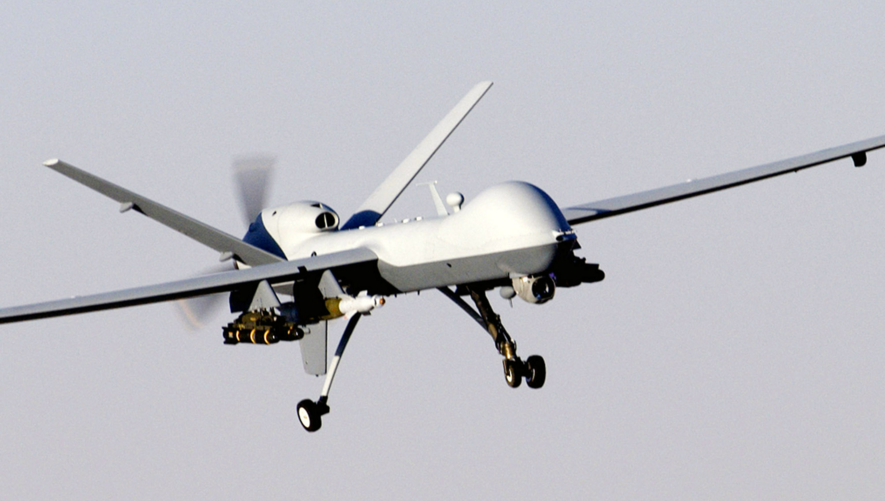
The Air Force Research Laboratory (AFRL) confirmed the MAV project in a June 2021 service release. It said that the MAV would be able to "perform insect-like maneuvers with two physical actuators while utilizing minimal computer processing power." The statement continued: "Controllable forces would be generated by the wings based on position and velocity profiles, resulting in time-varying wing upstrokes and downstrokes which, at times may be asymmetrical."
According to the service release, Airion and the AFRL built on two patents filed in 2014 and 2016 for the MAV project. The service signed a non-exclusive patent license agreement with Airion in January 2021 for the MAV's licensing. The release added that a workable MAV is set to be released by early 2022.
The two patents lined up with the Air Force's requirements for a drone with two actuators that enabled mechanical movement. They also fulfilled the need for a drone with six degrees of flight. This meant that the MAV can change position forward or backward, up or down and left or right.
Air Force officials said the MAV's ability to be controlled remotely gives it the ability to change paths based on the user's needs. Military.com reported that the MAV could either be used for surveillance over battlefields and military bases or for staking out targets before troops or aircraft get to the battlefield. It continued that the MAV could see commercial use for maneuvering into tunnels or inspecting larger machinery. (Related: First wireless insect-size robot takes flight.)
This was not the first time the Air Force invested in drones
Joshua Laravie of the AFRL's Aerospace Systems Directorate said the finished MAV will take longer than the early 2022 target date. "The milestone is meant to illustrate and prove that Airion is making progress toward meeting the revenue goals required later in the license," he said.
The directorate's technology transfer specialist and domestic alliance program manager added: "We were excited to license our technology to a small business that was building strategic relationships in the drone industry. [We] are looking forward to supporting [its] efforts to commercialize an [Air Force] technology."
The June 2021 AFRL service release did not divulge any key specifications of the MAV such as its size and weight. However, this was not the first time the Air Force invested in drones for surveillance. Details for a throwable drone that security forces can use to "see around corners while clearing a building" were made public in February 2021.
The details called for throwable robots that weighed one pound, which troops could fling into a room and control with a handheld device. It added that such drones could be helpful in an active shooter situation when used to confirm the presence of other people in an area.
Service members at Eglin Air Force Base in Florida started using the drone called "Throwbot" for security training in 2020, with the base's 96th Security Forces Squadron receiving the unit. Squadron member Leon Gray first saw the Throwbot being demonstrated at trade shows. "It took five minutes for me to learn how to use it. It quickly became apparent how our security personnel could utilize this tool in our operations," he said. (Related: Air Force deploying creepy robot dogs to enhance security at military base in Florida.)
Gray added that the squadron would look for ways to incorporate Throwbot in operations involving potential life-and-death situations. He remarked: "We're glad to have the Throwbot as another … tool to use in our ever-evolving security mission at Eglin. It will be especially great to have [it] in emergencies to help us make informed decisions when seconds count.
MilitaryTechnology.news has more articles about the Air Force's use of drones.
Sources include:
Media.Defense.gov [PDF]
Please contact us for more information.

















